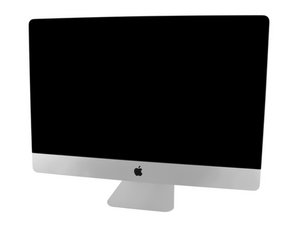If you go back to your other question How often should I replace cpu thermal paste? review the model I posted, now lets look at this setup.
You have a M.2 SSD which has a heatsink on one side and using thermal pads on both sides and no means to shed its heat once it becomes saturated (no fan and transfer solution).
Sadly, we don’t have a way for the heat to be dumped off, all we have as a mass to hold the heat (heatsink alone). So now we can see how the model I posted is not working correctly as all you are doing is collecting the heat and once its full it can’t shed the heat effectively! Sure it we slowly bleed off the heat like a tea kettle does after you’ve poured your hot water for your tea!
The Thermal pad on the bottom won’t really help here as its not dumping the heat to something heat conductive. The heatsink you’ve clipped on the SSD might be helpful if it had sizable fins and there was a good air stream going across (Apple’s case design doesn’t offer much air flow in this area), The thickness of the thermal pad also are on the thick side so the heat doesn’t transfer effectively
Lets look at a second model which is the inverse! Here we are focusing on the insulation of a house.
So you have two houses which are built exactly the same except one has 8 inches of insulation and the other only one. Which one will keep you warmer in the winter or require less cooling in the hot summer? Clearly the one with more insulation!
Now let’s apply this with the thermal pads the thicker the interface material the less effective the heat can transfer to the heatsink.
So we have two problems the inefficient shedding of the heatsinks heat build up and the effectiveness of getting the heat to the heatsink!
But before we worry about this SSD’s heat is it excessive? 60℃ is still within normal. I really don’t put much into benchmark apps from a load perspective. Moving sizable files is better and just monitoring the temps. As you get up around 80℃ you’re cooking your SSD and the drives performance will fall as the onboard controller will slow things down to protect things from overheating.
So if you are into heavy photo, music and video work you’ll need to redo things. using a thermal pad as thin as you can go, remember the function of the pad or TIM is to offer a better transfer of the heat to the heat sink nothing more. Find a more proud standing heatsink (fins) so the air flow going across can pull the heat away. If you can look at getting a custom heat transfer solution to move the heat to the case wall similar to this design.
This is what Apple did for the 21.5” iMac EMC 2308 GPU to shed its heat to the case.
Here's an example of a good heat sink Flared heatsink pin fins design






 1
1 

 338
338  973
973 

